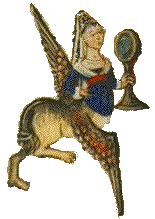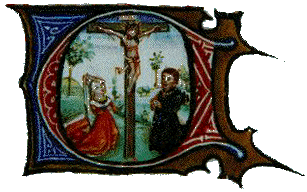 |
The Guide to Illumination |
 |
 |
The Guide to Illumination |
 |
| Hours - Hours should not be confused with the modern 24 hour day. Hours refer to the religious divisions of the day into eight periods of time. During each period clergy performed specific rites and prayers. The Hours directed all of the activities of the day in monasteries (Brown 50). According to Brown, The approximate hours were: |
|